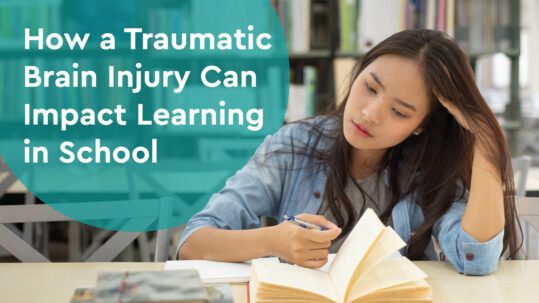Why Some Children Struggle to Learn Fractions
Learning fractions is an important mathematical skill. We use fractions in professions such as life sciences and auto-mechanics, as well as everyday life for quantifying parts of a whole. However, many elementary and middle school-aged children have difficulty understanding and manipulating fractions. In this blog post, we discuss why fractions are difficult to learn for many children, why children with math disabilities struggle to learn fractions in comparison to peers, and what interventions can be done to help children be able to grasp and manipulate fraction quantities.
Why do children struggle with learning fractions?
There are many theories regarding numerical development in children. One theory as to why children is that fraction learning provides an opportunity for children to learn that properties of whole numbers do not apply to all numbers. For example, children are accustomed to adding numbers such as 3+4, but have difficulty when they are presented with two fractions with different denominators. This situation provides the framework for children to learn that they must manipulate numbers with like properties, like a common denominator.
Why do children with math disabilities struggle with fraction learning?
One study by Siegler & Pyke (2013) had children with and without math disabilities try to place fractional quantities on number lines between 0-1 and 0-5. Next, children were asked to compare two fractions and choose the larger of the two fractions between 0 and 1. Lastly, in addition to the placement and magnitude task, children were given arithmetic problems to solve with fractions that had the same and different denominators.
What researchers found was that children with math disabilities tended to be less accurate and use poor strategies in correctly placing fractions, judging fraction magnitudes, and manipulating fractions during arithmetic. Researchers observed that children with math disabilities compared to their peers based their estimates of fraction magnitude on the numerator or denominator only. They performed arithmetic operations on fractions like they do with whole numbers without regard to fraction properties. So they may perform arithmetic operations on the numerator of the fraction but not the denominator or vice versa. These are common errors that occur during the learning process tend to be remedied during education for most children, but children with math disabilities may continue to have difficulty learning fraction properties even with further instruction.
How can I help students learn fractions?
Normand et. al (2011) had studied children with and without ADHD as they played different games with peers. Normand et. al(2011) found that children with ADHD were less likely to accept a game proposal by a friend in comparison to other children without ADHD. When children with ADHD proposed games to play with peers, observers found that children with ADHD made proposals that favored their interests without regard to their friend’s social cues, needs, and preferences. In previous studies examining dyadic relationships of children with ADHD, researchers have found that children with ADHD have poorer social-perspective skills than children without ADHD (Marton, Wiener, Rogers, Moore, & Tannock, 2009). This finding in regards to dyadic behavior of children with ADHD and friends may also explain why children with ADHD tend to lose friends overtime.
What can clinicians do to help children with ADHD make and maintain friends?
Research shows that instructing students using a number line using whole numbers to help them understand number magnitude and then introducing fractions on the number line. This allows students to have a familiar framework to learn from to help them grasp the magnitude of fractions and where they fall on the number line. Further research by Fuchs et. al (in press) shows that the grasping of fraction magnitude is essential to fraction learning and being able to manipulate fractions appropriately during arithmetic.
What does this mean for my students with math disabilities?
You can help your students struggling with fractions by using a number line to instruct them on fraction magnitude. You can also use good cognitive worksheets that target fraction knowledge. Other research regarding math learning suggests using digital tools that allow students to visualize mathematical concepts may facilitate math learning and address misconceptions. Practicing cognitive skills, such as working memory and visual-spatial skills which are highly implicated in math may also help students improve their mathematical and computational thinking.









